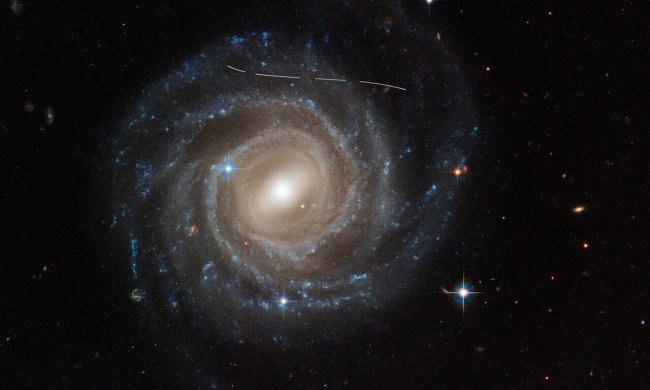A stunning new image from the Hubble Space Telescope shows the birth of a new, massive star at around 30 times the mass of our sun. Nestled with a nearby star-forming region called IRAS 16562-3959, the baby star is located within our galaxy and around 5,900 light-years from Earth.
You can see the sparkle of bright stars throughout the image, with the star-forming region visible as the orange-colored clouds of dust and gas stretching diagonally across the frame. These clouds are where dust and gas clump together to form knots, gradually attracting more dust and gas, growing over time to become protostars.

“Observations from Hubble’s Wide Field Camera 3 make up this image,” NASA explains in a release. “Its detailed nuance of color is the result of four separate filters. These thin slivers of highly specialized material can slide in front of the instrument’s light sensors, allowing very specific wavelengths of light to pass through with each observation. This is useful because certain wavelengths of light can tell us about the region’s composition, temperature, and density.”
Much of the dust and gas in the image glows brightly in the visible light and near-infrared wavelengths in which Hubble’s instruments operate. However, there are dark regions in the area, such as the black spot toward the top left of the image. These regions aren’t actually empty, however — they are, in fact, full of dust. There is so much dust in the regions that it is blocking out the near-infrared light, making them opaque. Despite this, scientists have reason to believe that there is a massive star at the center of this region because they can see the powerful jets of material that it is throwing off, which sculpt the area by pushing away the dust and gas.
Young protostars can give off enormously powerful jets as they develop, and over time, they continue to attract more dust and increase in mass until their cores reach a temperature of around 10 million degrees Kelvin. At this temperature, they begin to fuse hydrogen and become a full adult star, called a main sequence star.



